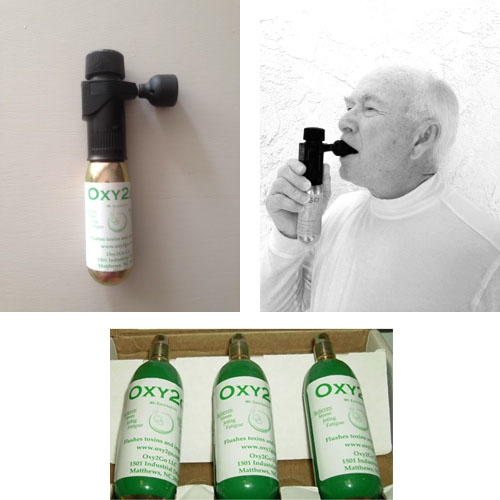No you do not need 15liters of oxygen per minute but only 0.75-1.5L of oxygen per minute and apparently you can breathe like that for a limited amount of time to up to 1.5 ATM. Check the video I posted, more or less fits the size, and you could probably get a good 20 maybe 30minutes maybe even pushing it to 45 @ rest. The problem is that they use so much bullshit words: "liquid oxygen", "rebreather" "artificial gills" "modified compressor" "modified battery" etc that make no sense whatsoever. And also, breathing oxygen is not really something you want to do for extensive amounts of time not to mention that any more than 1.5 ATM becomes a death hazard.
Good question, and shows that this point is worth clarifying further. The requirement for 15 litres of gas per minute is not for metabolism, but for
ventilating the lungs to remove carbon dioxide from the body.
It is correct that you only metabolise a small proportion of the oxygen that you inhale; when breathing normal air at sea level you inhale a mix of 21% oxygen, 78% nitrogen and 1% other gasses (mostly argon); your metabolism uses roughly a quarter of the oxygen inhaled, and exhale a mix of (approximately) 16% oxygen, 5% carbon dioxide, 78% nitrogen and 1% other. The actual amount of oxygen metabolised is independent of the mix inhaled - if you breathe pure oxygen at sea level, you inhale 100% oxygen, and exhale 95% oxygen and 5% carbon dioxide.
However - and this is important - even breathing pure oxygen does NOT reduce the
total volume of gas you need to pass through your lungs in order to remove carbon dioxide. If lung ventilation is restricted, then the body becomes unable to remove carbon dioxide effectively, and it builds up in the bloodstream quickly causing distress. (And if it builds up sufficiently, it can eventually cause death.)
The 'assistive oxygen' device shown above does not supply all the gas volume that is needed for breathing - what it does is raise the oxygen level of inhaled gas slightly, the rest of the volume comes from the atmosphere as normal. You could not use it underwater as the flow rate is way too low.
The triton campaign clearly claims that their device allows people to 'breathe comfortably' - and breathing comfortably requires filling and emptying the lungs. This requires in the region of 15 litres per minute for normal adults at rest, more while exercising (such as swimming around underwater...) and more at depth. So sorry, but it is physically impossible that the triton can do what they claim.




